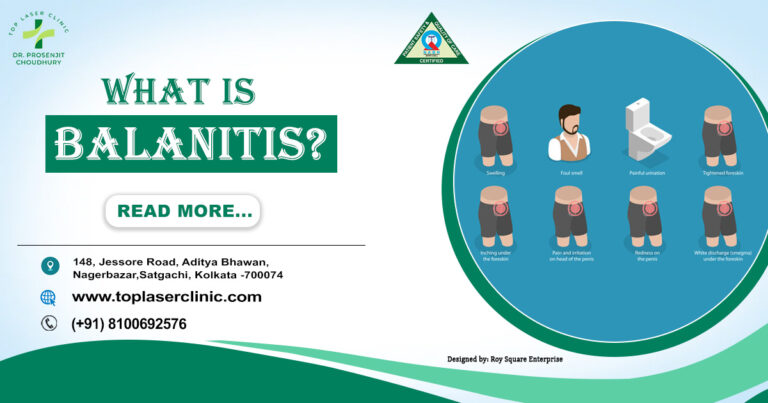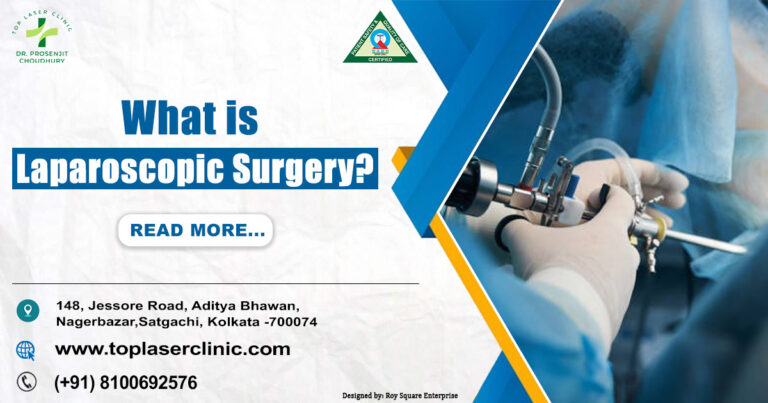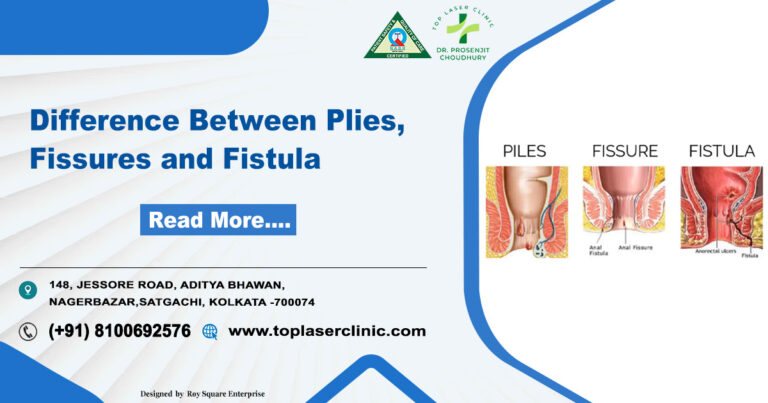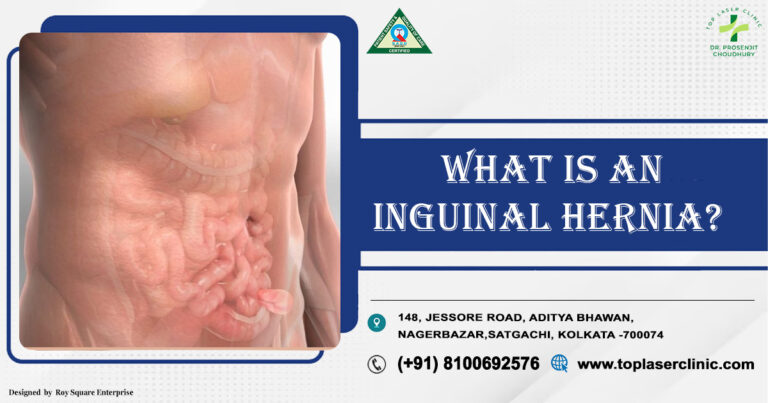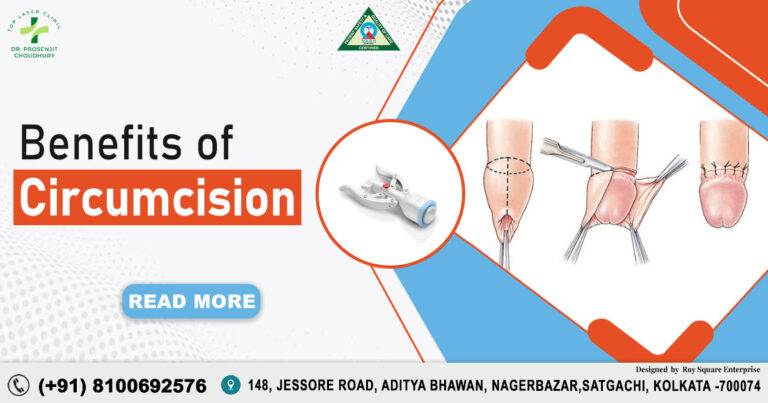When it comes to soothing discomfort, promoting healing, or simply practicing self-care, few remedies are as simple and effective as a sitz bath. Whether you’re a healthcare professional seeking to advise patients or an individual exploring natural ways to alleviate pain, understanding the ins and outs of this therapeutic practice is invaluable. Let’s uncover why this age-old remedy remains a staple in both medical and home settings.
What Is Sitz Bath? A Closer Look at This Healing Practice
So, what is a sitz bath? Derived from the German word “sitz,” meaning “to sit,” a sitz bath is a shallow, warm-water soak designed to immerse the hips and pelvic region. Unlike a full-body bath, it targets a specific area—typically the perineum, anus, or lower abdomen—to provide localized relief. The practice involves sitting in a small basin or tub filled with warm water, often with added ingredients like Epsom salts or herbal infusions, depending on the desired effect.
Historically, sitz bath trace their roots back to European hydrotherapy traditions in the 19th century, where water was used as a curative agent. Today, they’re widely recommended by healthcare providers for conditions like hemorrhoids, postpartum recovery, and anal fissures. Medically speaking, the warm water increases blood flow to the submerged area, promoting healing and reducing inflammation—a principle grounded in basic physiology. For the general public, it’s a straightforward, accessible way to ease discomfort without relying solely on medications.
But what makes this practice so versatile? It’s not just about soaking; it’s about harnessing the power of temperature and sometimes additional agents to address specific ailments. Whether you’re a nurse advising a patient or someone curious about self-care, knowing what is sitz bath sets the foundation for appreciating its wide-ranging applications.
Benefits of Sitz Bath: Why It’s More Than Just a Soak
The benefits of sitz bath extend far beyond relaxation—they’re backed by both clinical evidence and centuries of anecdotal success. Here’s a detailed breakdown of why this therapy is worth considering:

1. Pain Relief and Muscle Relaxation
Warm water acts as a natural analgesic by relaxing tense muscles and soothing irritated tissues. For individuals with hemorrhoids or post-surgical discomfort, this can mean significant relief from throbbing or burning sensations. Studies suggest that heat therapy, like that in a sitz bath, enhances circulation, which helps alleviate pain signals.
2. Enhanced Healing Postpartum
New mothers often hear about sitz baths from midwives or obstetricians. After vaginal delivery or an episiotomy, the perineal area can be swollen and tender. A sitz bath reduces swelling, cleanses the area gently, and speeds up tissue repair—making it a go-to for postpartum care.
3. Improved Hygiene for Sensitive Areas
For conditions like anal fissures or perianal infections, keeping the area clean is critical. A sitz bath offers a gentle way to cleanse without the irritation of wiping, reducing the risk of further trauma or infection.
4. Reduction of Inflammation
The warmth of a sitz bath dilates blood vessels, improving oxygen delivery to inflamed tissues. This is particularly beneficial for inflammatory conditions like prostatitis or Bartholin gland cysts, where swelling can cause significant discomfort.
5. Stress Relief and Comfort
Beyond the physical, there’s a psychological perk. Sitting in warm water can feel calming, offering a moment of respite for anyone—medico or layperson—dealing with chronic discomfort or a hectic day.
The benefits of sitz bath aren’t just theoretical; they’re practical and observable. Healthcare professionals often recommend it because it’s low-risk and cost-effective, while the general public loves its simplicity. Whether you’re treating a medical condition or just unwinding, this therapy delivers.
How to Prepare Sitz Bath: Setting Up for Success
Now that you understand the “why,” let’s get into the “how.” Knowing how to prepare sitz bath correctly ensures you maximize its benefits while maintaining safety and comfort. Here’s a step-by-step guide:
Step 1: Choose Your Equipment
You have two options: a sitz bath basin (a portable device that fits over your toilet) or your bathtub. The basin is more convenient and uses less water, making it ideal for frequent use. Bathtubs work too, but you’ll only fill them a few inches deep.
Step 2: Gather Supplies
You’ll need:
– Warm water (not hot—aim for 94°F to 110°F or 34°C to 43°C to avoid burns).
– Optional additives: Epsom salts (1-2 tablespoons), baking soda (1 tablespoon), or herbal infusions like chamomile (consult a doctor first).
– A thermometer to check water temperature.
– A clean towel for drying off.
Step 3: Clean Your Equipment
Sanitize the basin or tub with a mild disinfectant to prevent bacterial contamination, especially if treating an open wound or infection.
Step 4: Fill with Water
For a basin, pour in enough warm water to cover your hips and buttocks—usually 2-3 inches. For a bathtub, fill to about 3-4 inches. Test the temperature with your thermometer or wrist; it should feel comfortably warm, not scalding.
Step 5: Add Ingredients (If Desired)
Stir in Epsom salts or other additives until dissolved. These can enhance the anti-inflammatory or soothing effects, but plain water works fine too.
Learning how to prepare a sitz bath is straightforward, but precision matters. Health care provider might note that water temperature affects vasodilation, while the general public can appreciate how easy it is to customize this setup at home.
How to Use Sitz Bath: Practical Tips for Every User
Understanding how to use a sitz bath ensures you get the most out of this therapy. Whether you’re a clinician instructing a patient or someone trying it for the first time, here’s how it works:

1. Timing Is Key
Soak for 10-20 minutes per session, 1-3 times daily, depending on your condition. Overdoing it can dry out skin or worsen irritation, so moderation is essential.
2. Positioning Matters
Sit comfortably in the basin or tub, ensuring the water fully covers the target area. Relax your body—tension defeats the purpose.
3. Monitor Temperature
If the water cools too much, add more warm water carefully. Consistency in heat maximizes the therapeutic effect.
4. Combine with Medical Advice
For conditions like hemorrhoids or infections, pair the sitz bath with prescribed treatments (e.g., topical ointments). It’s a complement, not a cure-all.
5. Frequency Depends on Need
Postpartum? Daily use for a week or two might suffice. Chronic hemorrhoids? Use as needed when flare-ups occur.
Knowing how to use a sitz bath bridges the gap between preparation and action. It’s a ritual that’s both clinical and comforting, appealing to professionals and everyday users alike.
How to Take Sitz Bath: A Step-by-Step Walkthrough
Ready to dive in? Here’s a detailed rundown on how to take sitz bath to ensure a seamless experience:
Step 1: Set the Scene
Find a quiet, private space—your bathroom is ideal. Have your towel and any post-bath supplies (like clean underwear) nearby.
Step 2: Lower Yourself In
Gently ease into the basin or tub. If using a toilet basin, sit as you would normally, letting the water envelop your lower pelvis.
Step 3: Relax and Soak
Let the warm water work its magic for 10-20 minutes. Breathe deeply—this isn’t just physical therapy; it’s a moment of calm.
Step 4: Exit Carefully
Stand up slowly to avoid dizziness from the heat. Pat yourself dry with a clean towel—rubbing can irritate sensitive skin.
Step 5: Clean Up
Empty the basin or tub and rinse it out. Hygiene is critical, especially for repeated use.
Mastering how to take a sitz bath is about embracing the process. For medicos, it’s a teachable technique; for the public, it’s a self-care skill that feels empowering.
Extra Insights: The Science and History Behind Sitz Baths
Beyond the basics, there’s more to explore. Scientifically, sitz baths leverage thermotherapy—heat increases nitric oxide production, relaxing blood vessels and boosting circulation. A 2018 study in the Journal of Wound Care found that warm water soaks significantly reduced perineal pain in postpartum women compared to no treatment.
Historically, sitz baths were popularized by figures like Sebastian Kneipp, a 19th-century German priest and hydrotherapist. His methods influenced modern naturopathy, cementing the sitz bath’s place in alternative medicine. Today, it’s a rare blend of tradition and evidence-based practice—accessible to all.
Common Conditions and Sitz Bath Applications
– Hemorrhoids: Reduces swelling and itching.
– Anal Fissures:Softens tissue, eases pain.
– Post-Surgery: Cleanses incisions gently.
– Prostatitis: Relieves pelvic pressure.
Each use case highlights the versatility of this remedy, making it a must-know for anyone interested in health and wellness.
Ready to experience the relief and comfort of a sitz bath for yourself? Whether you’re managing a medical condition or simply curious, grab a basin, warm up some water, and give it a try today. Your body—and mind—will thank you!
Here are some FAQs :
1. What Exactly Is a Sitz Bath, and How Does It Work?
A sitz bath is like a mini spa day for your lower half! It’s a warm, shallow soak that covers your hips and pelvic area, typically in a basin or tub. The magic happens through heat: warm water boosts blood flow, relaxes muscles, and soothes irritation. Think of it as a targeted hug for sore spots like the perineum or anus—simple, effective, and backed by basic physiology.
2. Who Can Benefit from Using a Sitz Bath?
Pretty much anyone with discomfort “down there”! New moms healing from childbirth, people battling hemorrhoids, or those recovering from surgeries like episiotomies or fistula repairs are prime candidates. Even if you’re just dealing with pelvic tension or minor irritation, a sitz bath can be your go-to. Doctors love it because it’s low-risk and high-reward.
3. What Are the Main Benefits of a Sitz Bath?
Oh, where do we start? It’s a pain-relief rockstar—easing aches from hemorrhoids or fissures. It speeds up healing by improving circulation, keeps sensitive areas clean without harsh scrubbing, and even doubles as a stress-buster. Imagine sinking into warm water and feeling inflammation melt away—it’s science meeting self-care in the best way.
4. How Do I Prepare a Sitz Bath at Home?
It’s easier than brewing your morning coffee! Grab a sitz bath basin (or use your tub), fill it with warm water—think cozy, not scalding (94°F-110°F)—and add a sprinkle of Epsom salts or baking soda if you’re feeling fancy. Clean the basin first, test the temp, and you’re set. It’s a five-minute setup for 20 minutes of bliss.
5. Can I Use a Sitz Bath Without Any Additives?
Absolutely! Plain warm water is the MVP here—it’s all you need for most benefits like pain:
– Pain relief
– Reduced swelling
– Better hygiene
Additives like salts or herbs are just bonus points. So, if you’re keeping it simple, you’re still winning at self-care.
6. How Long Should I Take a Sitz Baths For?
Timing is everything—10 to 20 minutes is the sweet spot. Too short, and you miss the full effect; too long, and your skin might get cranky. Aim for 1-3 sessions a day, depending on what you’re treating. It’s like a quick recharge for your body—no marathon soaking required!
7. Are There Any Risks or Side Effects to Watch Out For?
Sitz baths are low-drama, but keep an eye out. Water too hot? You risk burns. Too frequent? Dry skin might crash the party. If you’ve got an open wound or infection, check with a doc first—bacteria love a warm, wet invite. Play it smart, and you’re golden.
8. How Do I Know If I’m Using a Sitz Bath Correctly?
You’re doing it right if you feel comfy and the water covers your hips and buttocks. Sit back, relax, and let the warmth do its thing. If it’s cooling off, top it up with more warm water. No stress, no fuss—just a soothing soak that leaves you refreshed.
9. Can a Sitz Bath Cure My Condition?
It’s a helper, not a hero. A sitz bath eases symptoms—pain, swelling, tension—but it won’t zap hemorrhoids or heal fissures overnight. Pair it with doctor-recommended treatments for the full effect. Think of it as your trusty sidekick, not the whole cure.
10. Where Can I Get a Sitz Bath Basin, and Are They Expensive?
Drugstores, online retailers, or even your bathtub can work! A dedicated sitz bath basin runs $10-$20—cheaper than a fancy latte habit. It fits over your toilet for easy use and cleanup. No basin? A few inches of tub water does the trick. Affordable, accessible, and oh-so-worth it.




